http://www.dryiceintercoolers.com/
related info
viewtopic.php?f=86&t=1215&p=2564#p2564
DRY ICE inter coolers are obviously going to be both extremely effective, at reducing the temperature of heated compressed air exiting a super charger or turbo , thats boosting an engines power potential and designed for operation over a fairly short time duration, making drag racing applications ideal
dry ice transforms from a solid to a gas and in the process can absorb over 200 F in the temperature of the heated compressed air exiting a super charger or turbo if the coolers ideally designed making the engine see a huge reduction in heat entering the combustion chamber thus reducing chances of detonation when a turbo or superchargers used, and not having any mess to clean if the inter cooler leaks , as Co2 is a common atmospheric gas, that simply evaporates, as it melts, that is a huge help, as is the common cost of less than $3 a lb for dry ice.
as a supercharger or turbo compresses air a great deal of heat is generated, having an efficient inter cooler remove the heat potentially allows far higher boost levels to be used before detonation becomes an issue
JUST a bit of info, METHANOL ALCOHOL freezes at about -144F, dry ice melts at about -110F, which makes the use of a slurry of dry ice pellets and methanol alcohol surrounding the inter coolers internal tubes possible ,and greatly increases the contact area of the coolant mix in the inter cooler, and helps to greatly increase the temperature transfer efficiency in a dry ice inter cooler, as the liquid methanol helps transfer the heat to the dry ice far more efficiently , naturally you need to vent the dry ice inter cooler in a way that prevents the mixed co2 and methanol fumes escaping the inter cooler from catching on fire or contacting the driver as its going to look like its boiling (its only rolling and bubbling) as it absorbs the compressed air heat, a mix of dry ice and methanol is going to be dangerously cold, for skin contact and potentially a fire hazard if the methanol's ignited, obviously the presents of co2 gas reduces but doesn,t totally prevent ignition under all conditions if exposed to outside air, and an ignition source.
keep in mind most synthetic fuel line will crack or shatter at those temperatures so vent lines must usually be aluminum, or steel tubing, and covered with an insulating jacket to prevent skin from sticking to the extreme cold surface .
Id also suggest emptying the inter cooler between uses as methanol can cause aluminum to corrode over time
http://www.bing.com/images/search?q=cen ... 25&first=1
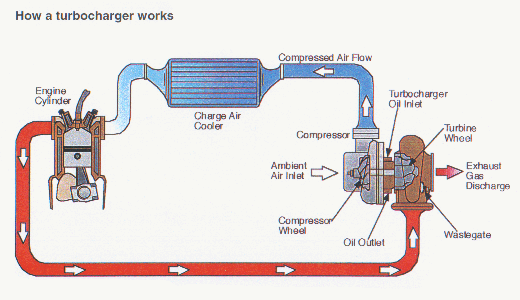
Pellets
Pellets work best in my inter coolers, because they encompass the inter cooler tubes so that maximum cooling can be achieved.
Frozen carbon dioxide (CO2) is called dry ice. It is extremely cold and has the unusual feature that when dry ice melts
under normal conditions, it goes directly from the solid form to the CO2 gas. Dry ice will melt into a liquid under high pressure.
Dry ice is often used for handy refrigeration and for special-effects demonstrations.
Questions you may have include:
Q. How cold is dry ice?
A. Dry ice is frozen CO2 gas. The freezing temperature at normal sea level air pressure is -78.5 degrees C (-109.3 degrees F).
CAUTION: Although a block of dry ice looks relatively harmless, a person should use caution in handling the
material because of its extremely low temperature. It could easily cause frost burns on the skin.
ALWAYS Use safety gloves when handling dry ice.
Q. Why does it go from a solid to a gas?
A. At standard pressures and common temperatures, a material goes from a solid to liquid to gas. Water is a good example,
where it goes from steam to water to ice, as the temperature drops.
But at higher pressures, it is possible to skip the liquid phase altogether. The process of going directly from a solid to a gas is called
sublimation. Going the other direction from a gas to a solid is called deposition.
Sublimation
My dry Ice Intercoolers have a provision on top of the unit to "bleed off" the sublimated dry ice to the OUTSIDE of the vehicle,
in the same manor as a fuel cell vent.
Sublimented dry ice is CO2 gas, and will cause suffocation if not vented properly.
CAUTION:
Another hazard is the fact that when dry ice melts, the result is carbon dioxide gas. Since CO2 gas is heavier than air, it settles to the bottom.
In some rare cases, it could cause suffocation.
Now you know the "Who, What , Where and Why, let's get on with it.
Dry Ice inter coolers are nothing new. Just Google the words "Dry Ice Inter cooler" and you will see that not only are they feasible,
they are on some of the fastest forced induction cars in the WORLD, especially Austrailla.
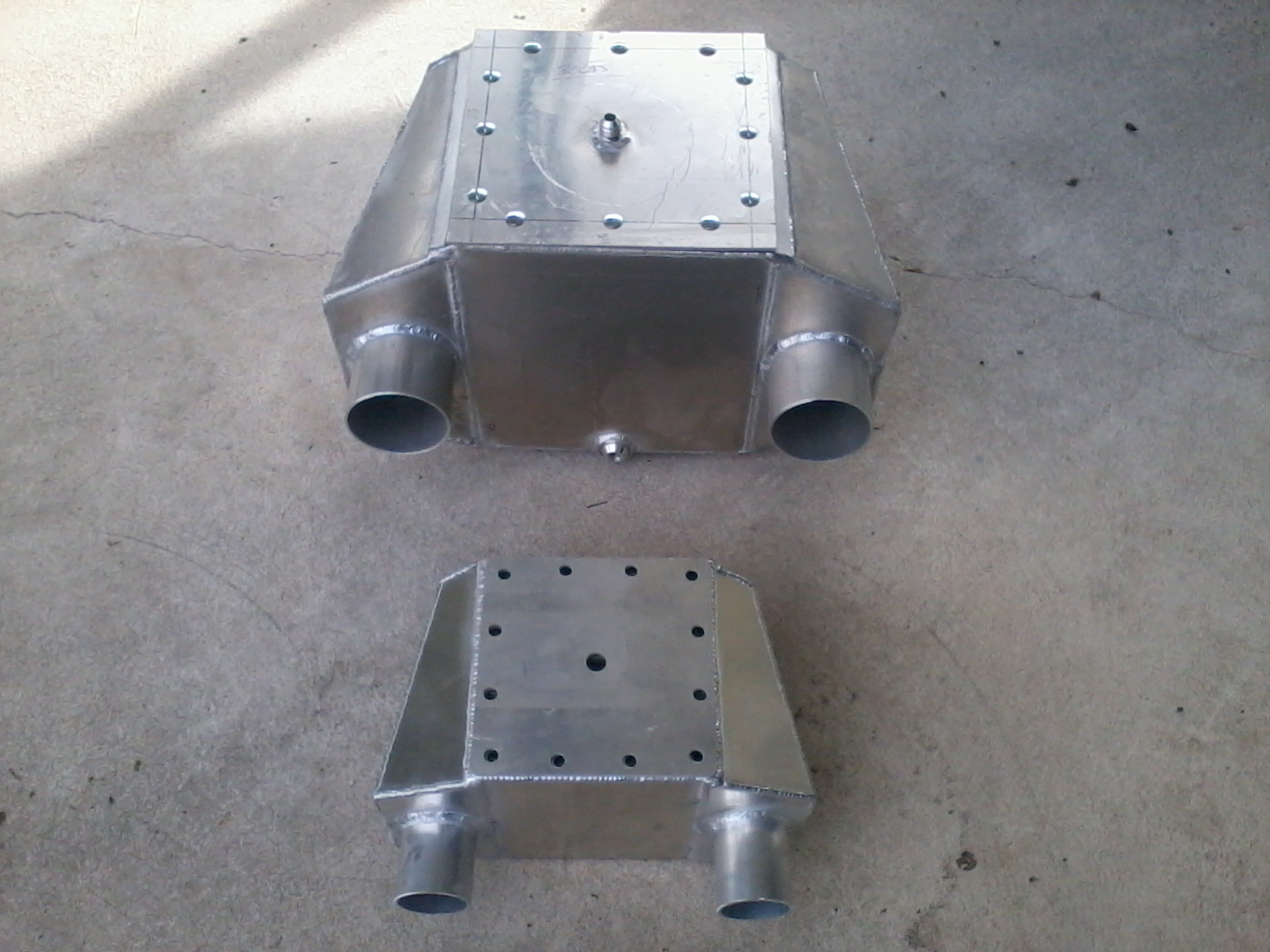
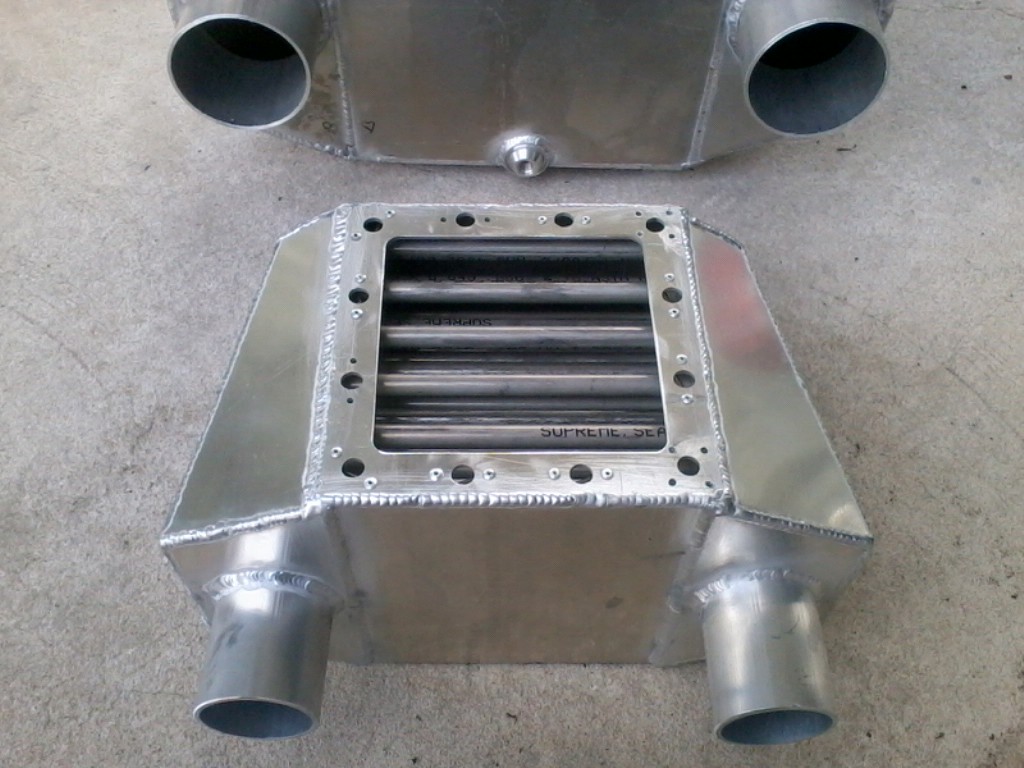
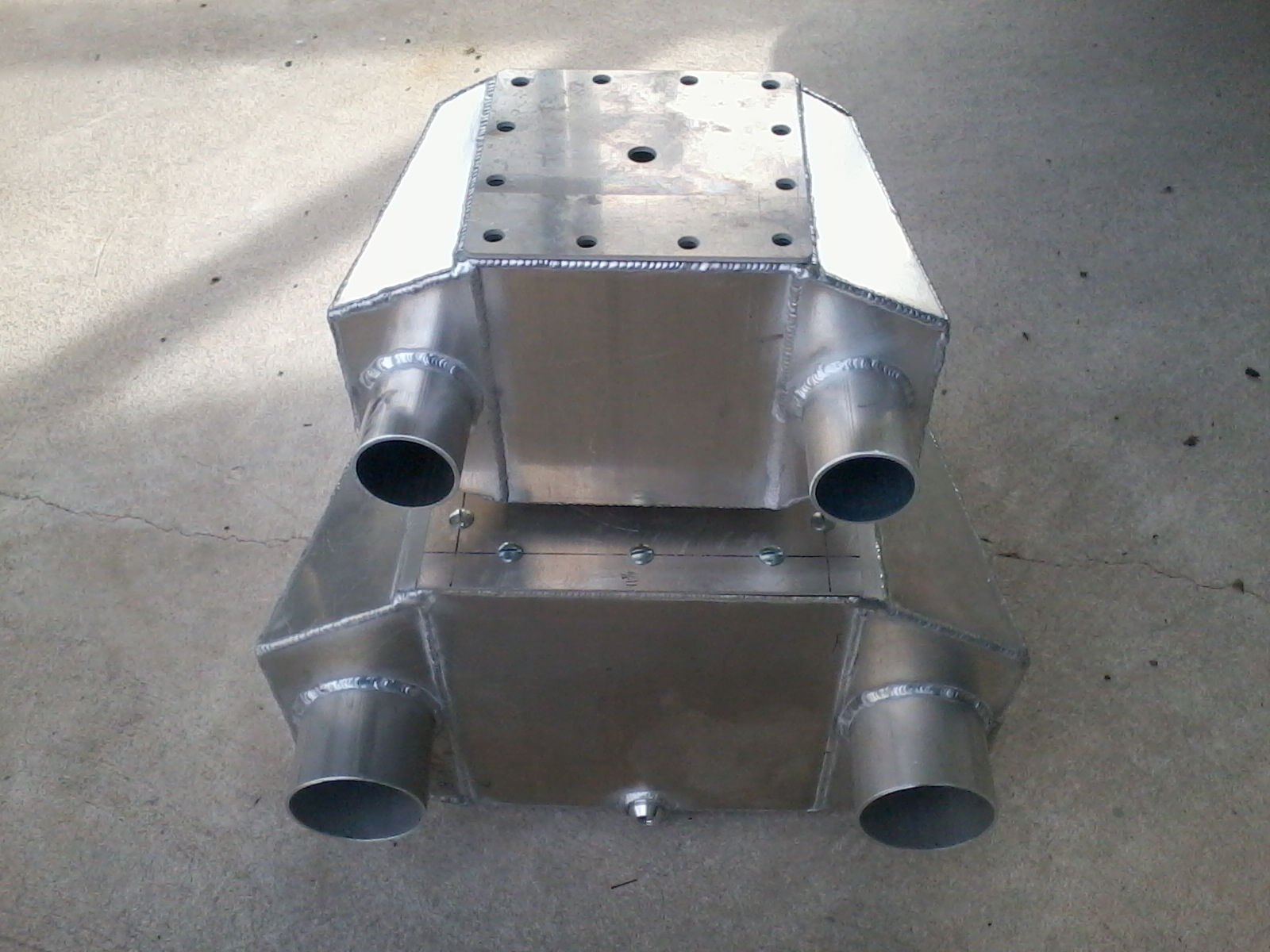
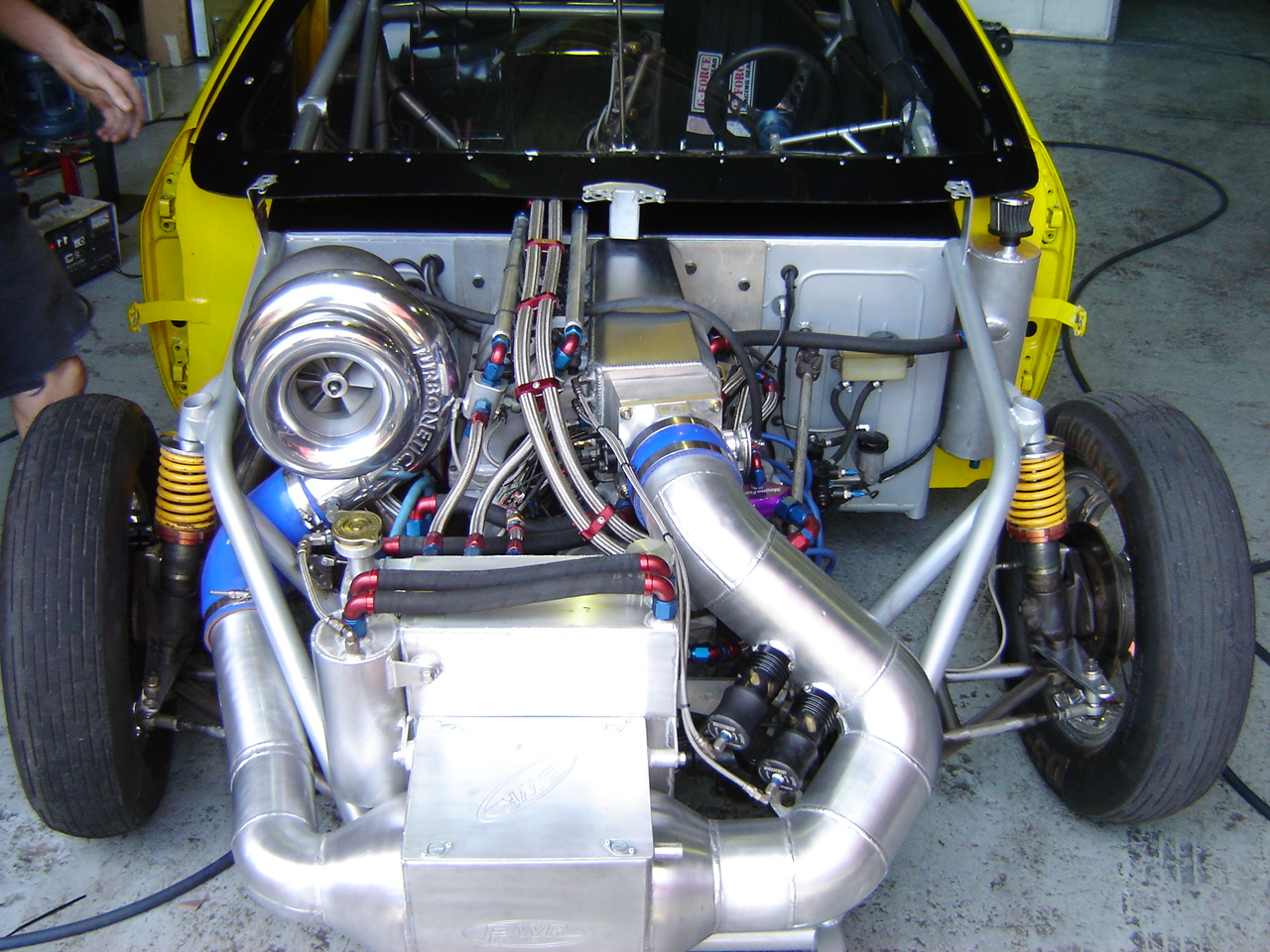
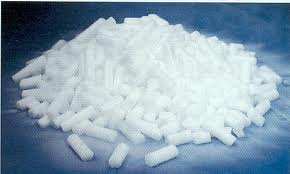
related info
viewtopic.php?f=86&t=1215&p=2564#p2564
DRY ICE inter coolers are obviously going to be both extremely effective, at reducing the temperature of heated compressed air exiting a super charger or turbo , thats boosting an engines power potential and designed for operation over a fairly short time duration, making drag racing applications ideal
dry ice transforms from a solid to a gas and in the process can absorb over 200 F in the temperature of the heated compressed air exiting a super charger or turbo if the coolers ideally designed making the engine see a huge reduction in heat entering the combustion chamber thus reducing chances of detonation when a turbo or superchargers used, and not having any mess to clean if the inter cooler leaks , as Co2 is a common atmospheric gas, that simply evaporates, as it melts, that is a huge help, as is the common cost of less than $3 a lb for dry ice.
as a supercharger or turbo compresses air a great deal of heat is generated, having an efficient inter cooler remove the heat potentially allows far higher boost levels to be used before detonation becomes an issue
JUST a bit of info, METHANOL ALCOHOL freezes at about -144F, dry ice melts at about -110F, which makes the use of a slurry of dry ice pellets and methanol alcohol surrounding the inter coolers internal tubes possible ,and greatly increases the contact area of the coolant mix in the inter cooler, and helps to greatly increase the temperature transfer efficiency in a dry ice inter cooler, as the liquid methanol helps transfer the heat to the dry ice far more efficiently , naturally you need to vent the dry ice inter cooler in a way that prevents the mixed co2 and methanol fumes escaping the inter cooler from catching on fire or contacting the driver as its going to look like its boiling (its only rolling and bubbling) as it absorbs the compressed air heat, a mix of dry ice and methanol is going to be dangerously cold, for skin contact and potentially a fire hazard if the methanol's ignited, obviously the presents of co2 gas reduces but doesn,t totally prevent ignition under all conditions if exposed to outside air, and an ignition source.
keep in mind most synthetic fuel line will crack or shatter at those temperatures so vent lines must usually be aluminum, or steel tubing, and covered with an insulating jacket to prevent skin from sticking to the extreme cold surface .
Id also suggest emptying the inter cooler between uses as methanol can cause aluminum to corrode over time
http://www.bing.com/images/search?q=cen ... 25&first=1

Pellets
Pellets work best in my inter coolers, because they encompass the inter cooler tubes so that maximum cooling can be achieved.
Frozen carbon dioxide (CO2) is called dry ice. It is extremely cold and has the unusual feature that when dry ice melts
under normal conditions, it goes directly from the solid form to the CO2 gas. Dry ice will melt into a liquid under high pressure.
Dry ice is often used for handy refrigeration and for special-effects demonstrations.
Questions you may have include:
Q. How cold is dry ice?
A. Dry ice is frozen CO2 gas. The freezing temperature at normal sea level air pressure is -78.5 degrees C (-109.3 degrees F).
CAUTION: Although a block of dry ice looks relatively harmless, a person should use caution in handling the
material because of its extremely low temperature. It could easily cause frost burns on the skin.
ALWAYS Use safety gloves when handling dry ice.
Q. Why does it go from a solid to a gas?
A. At standard pressures and common temperatures, a material goes from a solid to liquid to gas. Water is a good example,
where it goes from steam to water to ice, as the temperature drops.
But at higher pressures, it is possible to skip the liquid phase altogether. The process of going directly from a solid to a gas is called
sublimation. Going the other direction from a gas to a solid is called deposition.
Sublimation
My dry Ice Intercoolers have a provision on top of the unit to "bleed off" the sublimated dry ice to the OUTSIDE of the vehicle,
in the same manor as a fuel cell vent.
Sublimented dry ice is CO2 gas, and will cause suffocation if not vented properly.
CAUTION:
Another hazard is the fact that when dry ice melts, the result is carbon dioxide gas. Since CO2 gas is heavier than air, it settles to the bottom.
In some rare cases, it could cause suffocation.
Now you know the "Who, What , Where and Why, let's get on with it.
Dry Ice inter coolers are nothing new. Just Google the words "Dry Ice Inter cooler" and you will see that not only are they feasible,
they are on some of the fastest forced induction cars in the WORLD, especially Austrailla.





